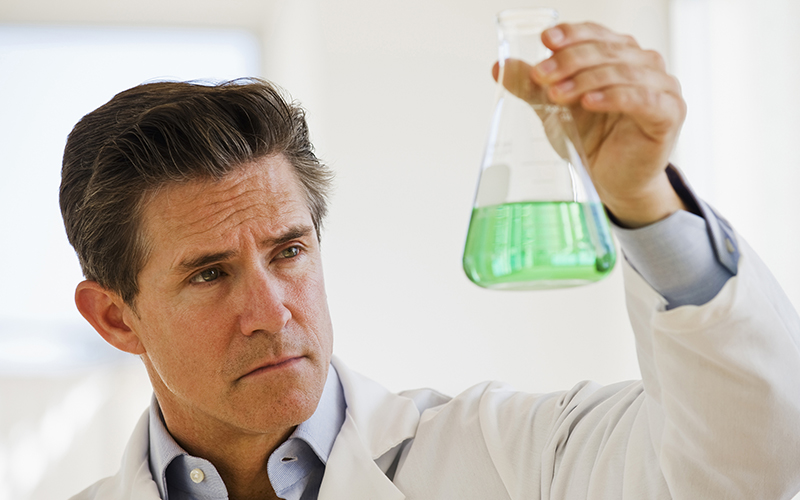Certified color additives are colors additives that the FDA checks and certifies before they can be sold.
In fact, certified color additives are the only products that the FDA lab tests and certifies as acceptable before they go on the market. Drugs must have pre-market approval, but every batch isn’t tested. Only color additives.
Most color additives that require certification in the US are derived from petroleum products and are also known as “coal-tar dyes” or “synthetic-organic” colors.
Certification Process
The certification process is the responsibility of the color manufacturer. When they make a batch of colorant, they have to submit a sample to the FDA, along with detailed information about the colorant, and the fee for testing.
Once the sample and the fee have been received, the FDA tests the colorant to make sure that it meets the required specifications. Each color additive has detailed requirements for the components and limitations on the amount of potential toxic impurities such as lead, arsenic, and mercury. The specifications are covered in regulations issued by the FDA.1
Once a batch of a color additive is certified it is given a specific lot number, assigned by the FDA’s Color Certification Branch.
Color additives that have been certified must be labeled with:
- The name of the color or the name of each ingredient (if it’s a mixture)
- A statement of the general limitations of the use of the color additive (such as, “for food use only” or “for external use cosmetics”)
- Any limitations on use as specified in the regulations
- Expiration date (if needed)
- The lot number assigned by the FDA2
Recognizing Certified Color Additives
You can recognize color additives that have been certified because they have names like “FD&C Blue No. 1” or “D&C Green No. 5.” They should be labeled with all the required information.
The same chemical substance, when not certified by the FDA, has a different name. For example, FD&C Blue No. 1 is called Acid Blue 9 when it has not been certified. In the EU, the same color additive is referred to as CI 42090.
Using Certified Color Additives
Where a colorant is required to be certified, it may ONLY be used in food, drugs, or cosmetics after the certification process is completed. FD&C Blue No. 1 may be used in cosmetics, but using the uncertified form (Acid Blue 9 or CI 42090) causes the product to be adulterated and illegal to sell in the US.
Not all certified color additives are allowed to be used in cosmetics, and some of those those that may be used in cosmetics are limited in how they may be used. Quite a few are not allowed to be used in the eye area and some are for external use only (not lips). The FDA’s Color Additives Permitted for Use In Cosmetics page lists all the color additives allowed in cosmetics and how they may be used.
When you use a certified color additive in a cosmetic product it must be identified in the ingredient declaration by its shortened name (e.g., “Blue 1” or “Green 5”). When you purchase a colorant that is a blend of several color additives, each color additive must be individually listed by its correct name in the ingredient declaration. To make it easier, all color additives may be listed at the end of the ingredient declaration, regardless of the amount in the product.
Other Colorants
There is another class of color additives which may be used in cosmetics: “colors exempt from certification.” These are mainly from mineral, plant, or animal sources and are sometimes considered “natural colorants.” They are approved for use in cosmetics, but the individual batches don’t have to be certified before they can be sold.
HOWEVER, there are only 29 of them, and many of the “natural colorants” being touted for use in soap are NOT on that list.
Two recent posts (Natural Colorants for Soap and Cosmetics and Natural Colorants, More) have discussed natural colors for soap and cosmetics.
Other Posts about Color Additives on this site:
- Are Your Color Additives Legal?
- Natural Colorants for Soaps & Cosmetics
- More on Natural Colorants
- Blended Color Additives

Shameless plug!
To really be able to create your own labels that comply with the regulations, get my book from Amazon and use it.
4th Edition – Released March 5, 2025!!!
Or order directly from me (and get a signed copy)!
- 21 CFR 74 Listing of Color Additives Subject to Certification ↩︎
- There is an exemption for mixtures for houshold use that is less than 15% pure color and in a package of less than 3 ounces. This is commonly seen with food coloring sold in small containers in the grocery store. ↩︎


Leave a Reply